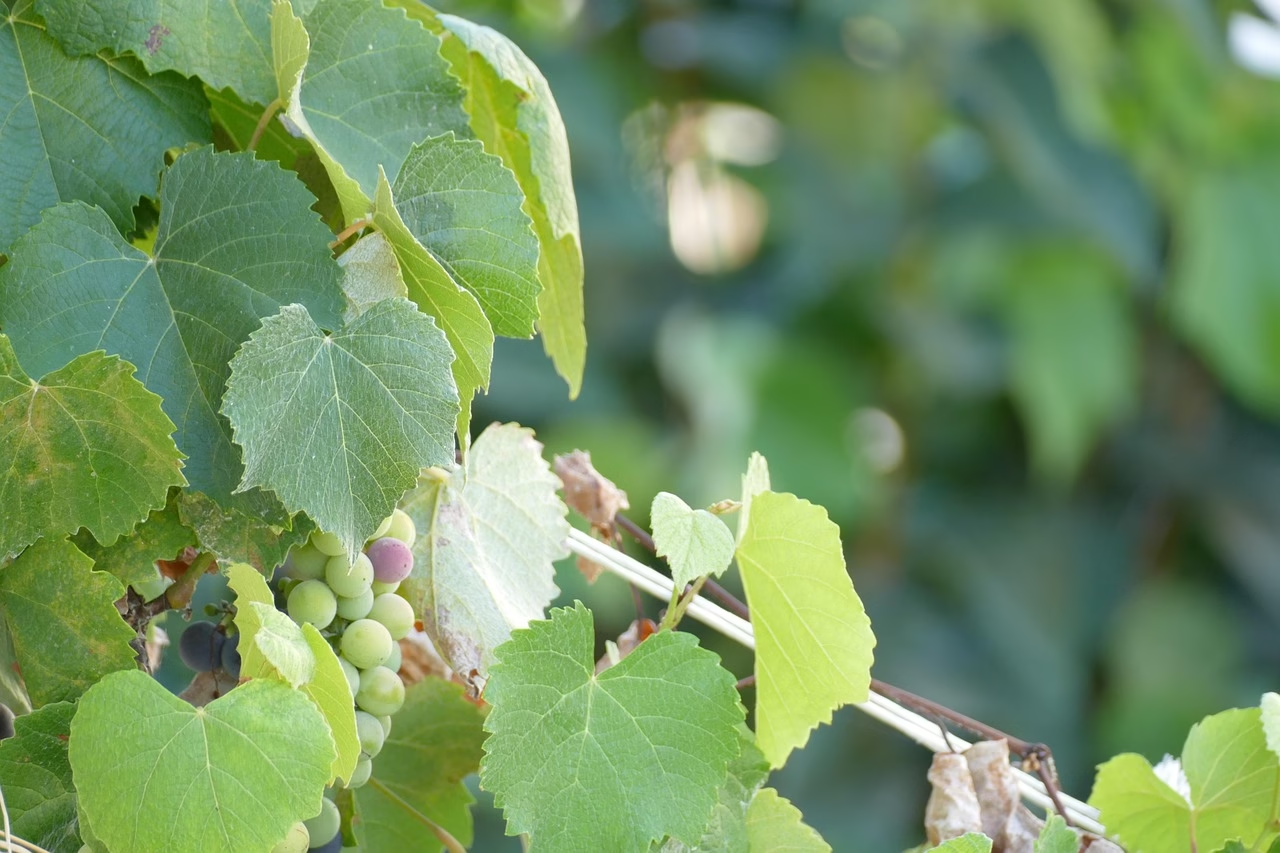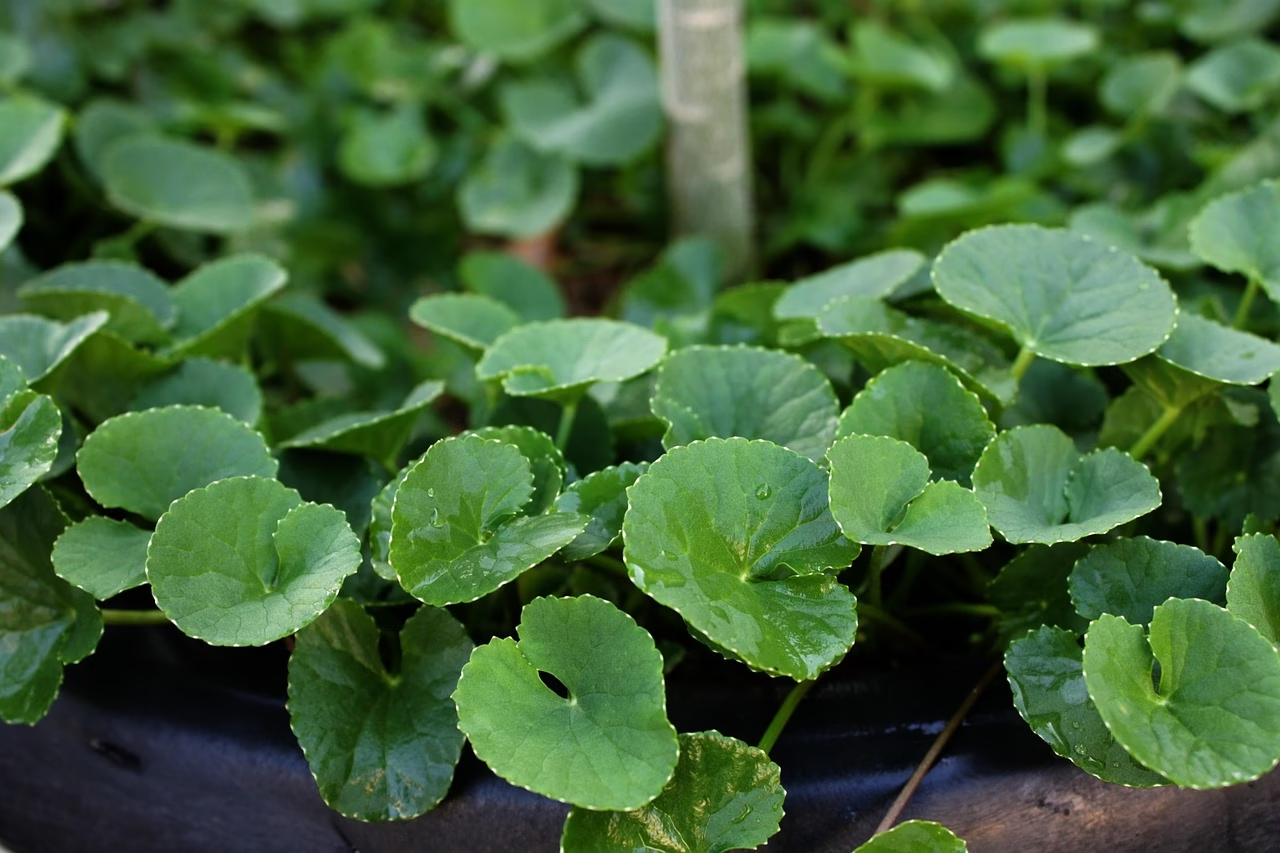“Embracing ‘Slow Living’: How Mindful Lifestyles Are Reducin
May 26, 2025 | by Rachel Bloom

Embracing ‘Slow Living’: How Mindful Lifestyles Are Reducing Stress and Enhancing Well-Being in 2025
Each day, we are surrounded by the unrelenting hum of modern life—notifications, obligations, a calendar crammed edge-to-edge with tasks. As a holistic wellness expert and lifelong student of both science and the soul, I’ve witnessed how this constant rush can erode our deepest sense of happiness and health. But in 2025, a heartening shift is underway: people around the world are turning toward ‘slow living’, finding profound relief in stepping back, breathing deeply, and resonating with the rhythm of the present moment.
The Rise of Slow Living
Slow living is not about abandoning ambition or ignoring progress—it’s about listening carefully to the cadence of your own life and intentionally prioritizing what matters most. It is a philosophy rooted in mindfulness, presence, and making deliberate choices. As research in positive psychology and lifestyle medicine continues to show, integrating these elements into daily living doesn’t just reduce stress; it becomes a wellspring for joy and resilience.
The Science: How Slowing Down Nourishes Mind and Body
Our bodies are finely tuned to cycles of activity and restful awareness. Yet, the demands of modern society have triggered chronic stress across all age groups. Elevated cortisol, sleep disturbances, inflammation—these have become common complaints in my clinic. Thankfully, slow living provides a gentle, science-backed antidote.
- Mindful routines down-regulate stress pathways. Practicing daily rituals, like savoring your morning tea or a mindful walk, activates the parasympathetic nervous system—lowering heart rate and blood pressure.
- Simplifying schedules reduces decision fatigue, which is linked to lower cognitive stress and improved mental clarity.
- Nourishing the senses through slower meals and immersive hobbies supports healthy digestion, immune function, and serotonin production.
Personal Transformations: Stories from the Heart
I recall the story of Amelia, a patient who arrived at my door overwhelmed by burnout. She had achieved professional milestones, yet felt chronically anxious and emotionally depleted. We worked together to rediscover moments of peace: stretching quietly before sunrise, listening deeply to loved ones, preparing simple, wholesome meals. Over months, not only did her blood pressure stabilize, but her sleep improved and a radiant calm replaced the old sense of urgency.
Her journey mirrors what so many are now discovering: slow living is an act of gentle rebellion—choosing meaning over mindlessness, depth over distraction.
Practical Ways to Welcome Slow Living in 2025
Integrating slow living does not require a sweeping overhaul, but tender shifts in daily habits. Here’s where many find success:
- Single-tasking: Focus on one task at a time, whether it’s cooking, working, or just enjoying a conversation. The nervous system thrives on this clarity.
- Digital pauses: Schedule tech-free windows during your day—short, sacred intervals that let your mind rest and recalibrate.
- Mindful movement: Replace rushed gym sessions with gentle walks, conscious breathing, or restorative yoga. Movement becomes a nurturing ritual, not a chore.
- Nature connection: Even five minutes with your hands in soil or face in the sunlight can be a profound realignment with the earth’s restorative pace.
The Ripple Effect: Community, Creativity, and Long-Term Well-Being
As we individually embrace slow living, a beautiful ripple begins. Communities become more connected. Creativity flourishes when we’re not hurried. Even the latest longitudinal studies highlight the correlations between mindful, slower lifestyles and longer healthy lifespans.
The truth is, slow living isn’t a retreat from life—it’s a loving return. It makes space for the whisper of intuition, the joy of simple pleasures, and, ultimately, for a deeper, more courageous kind of happiness.

RELATED POSTS
View all



